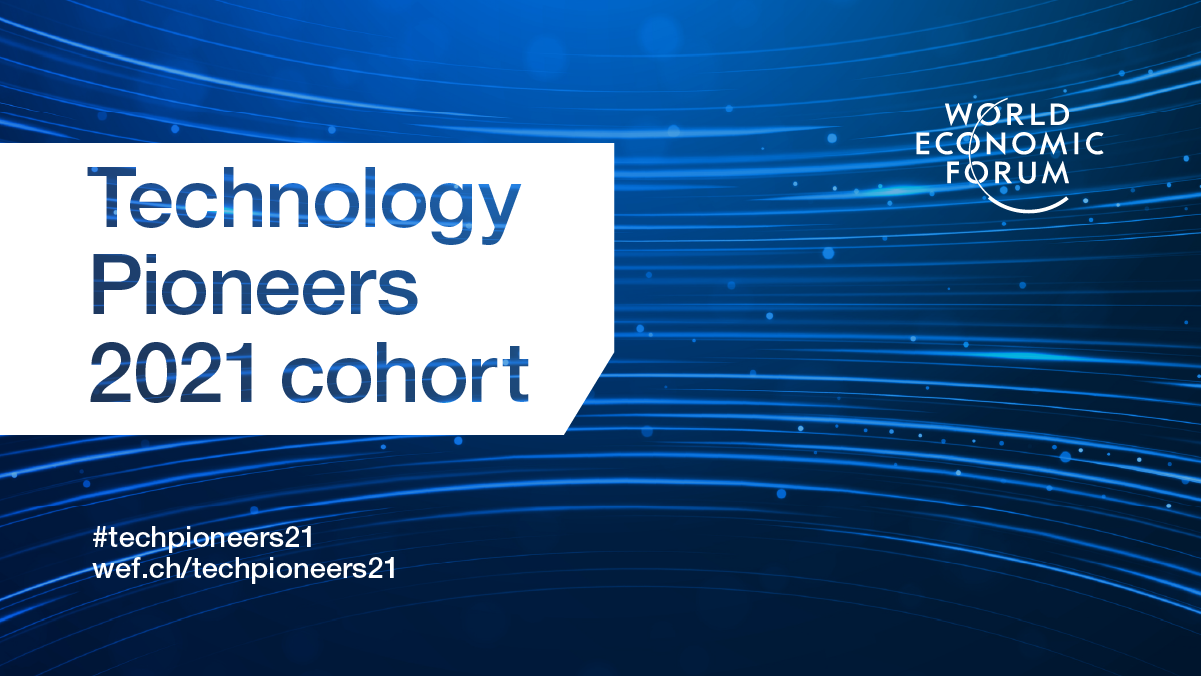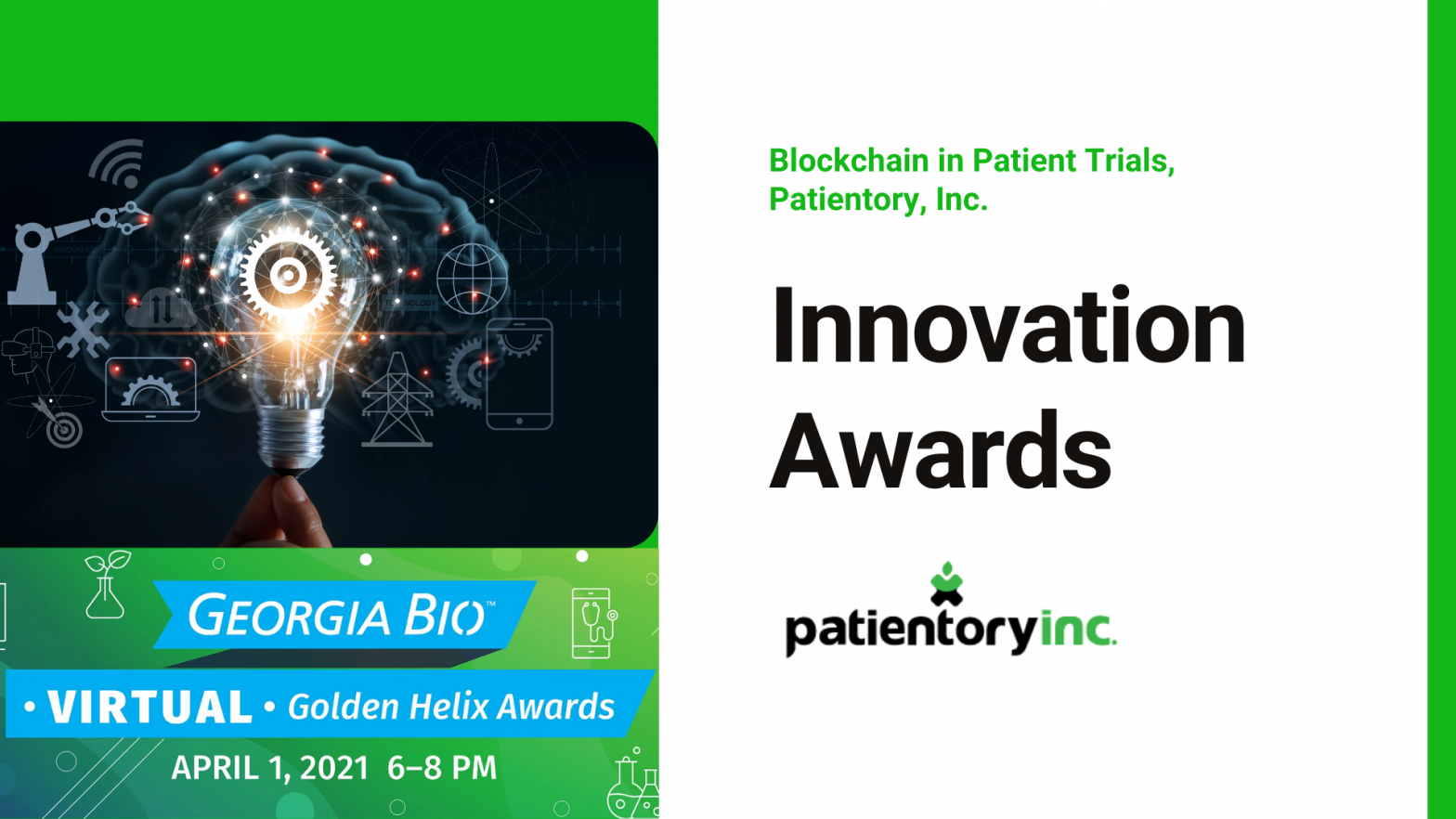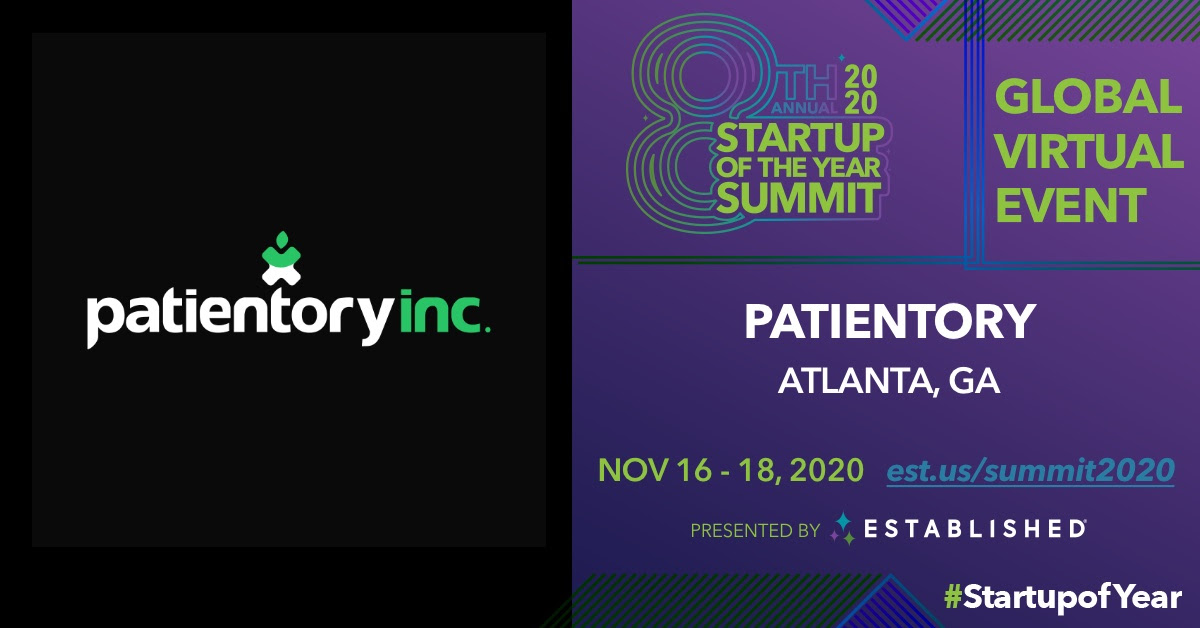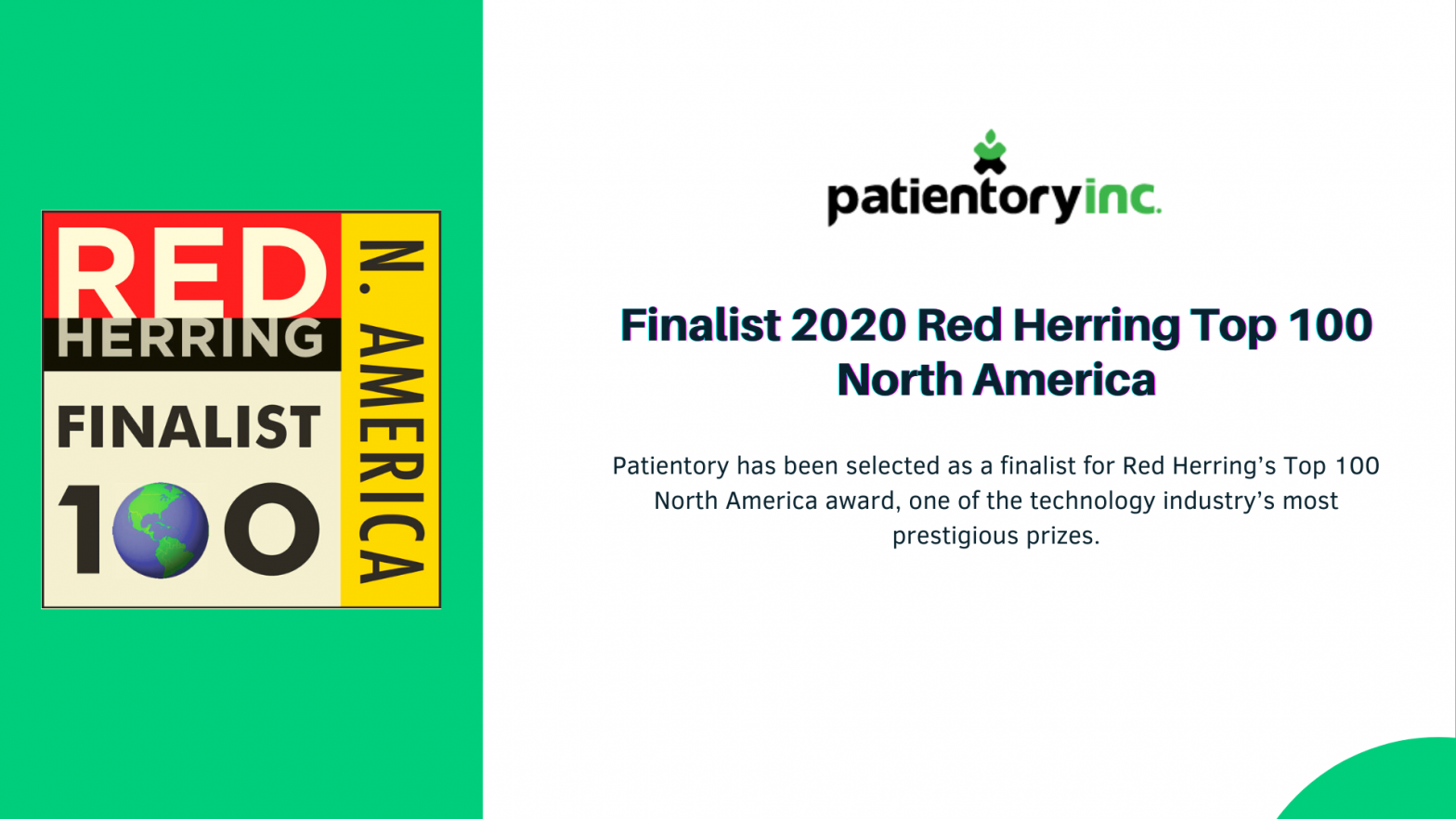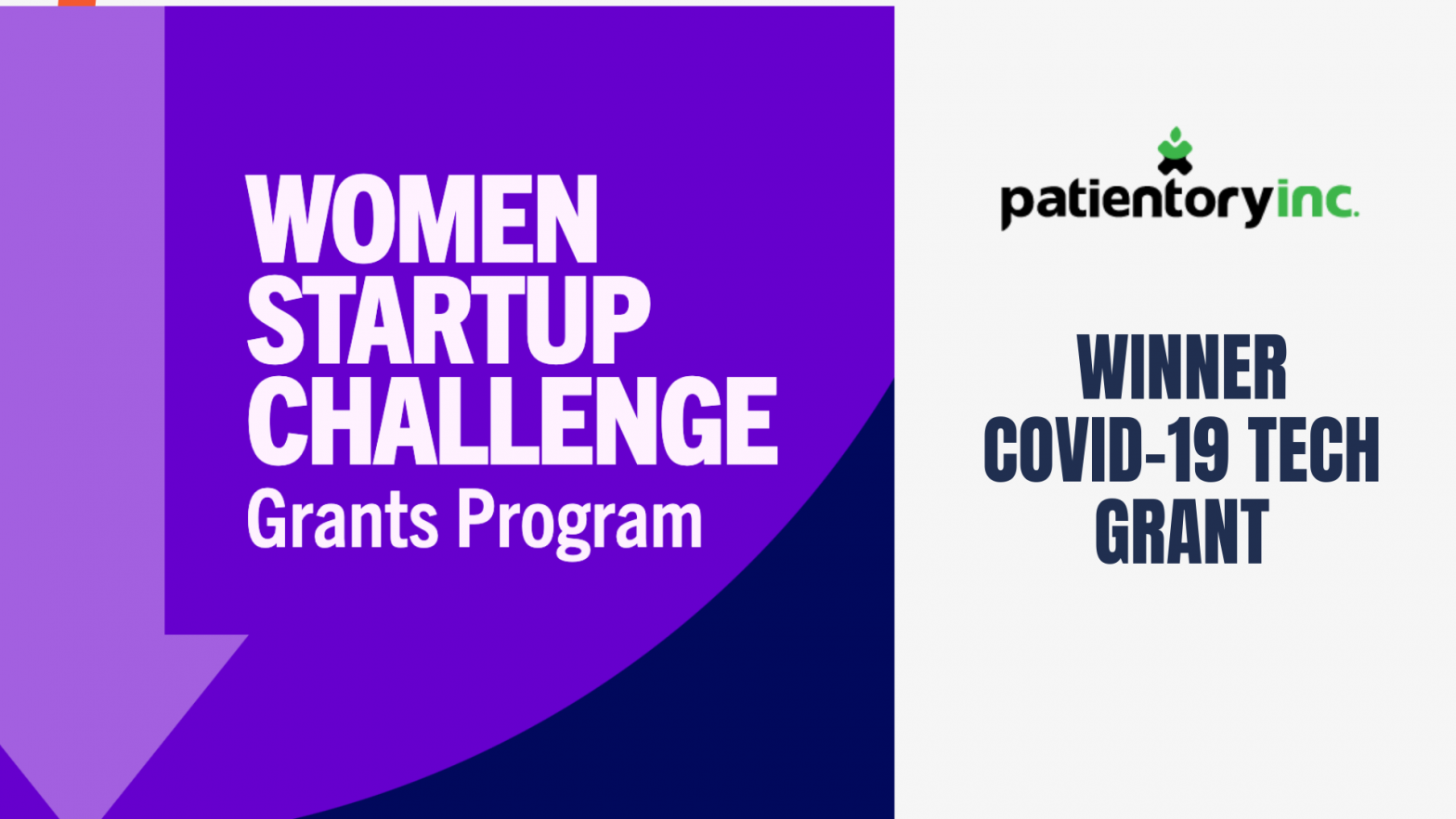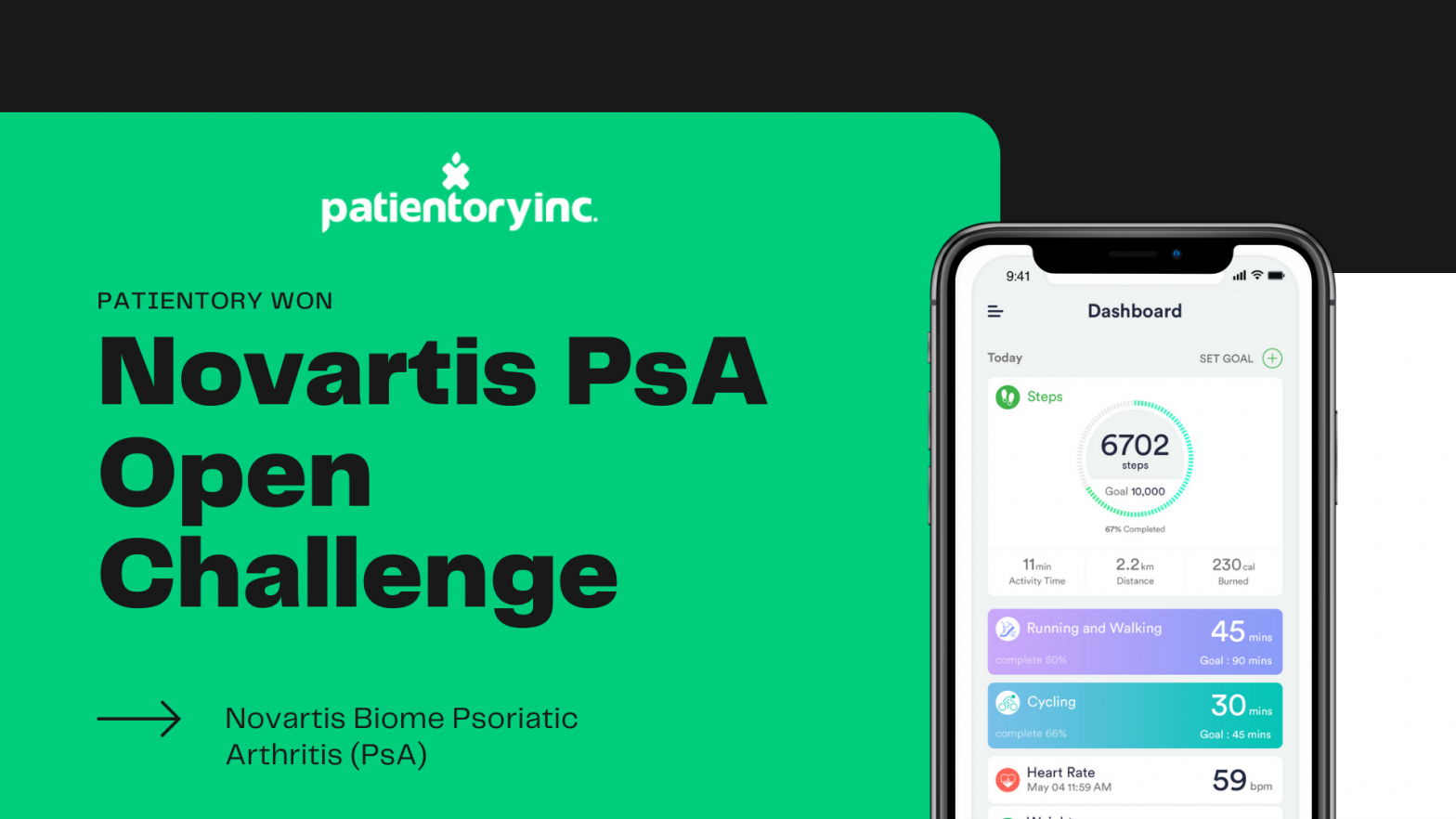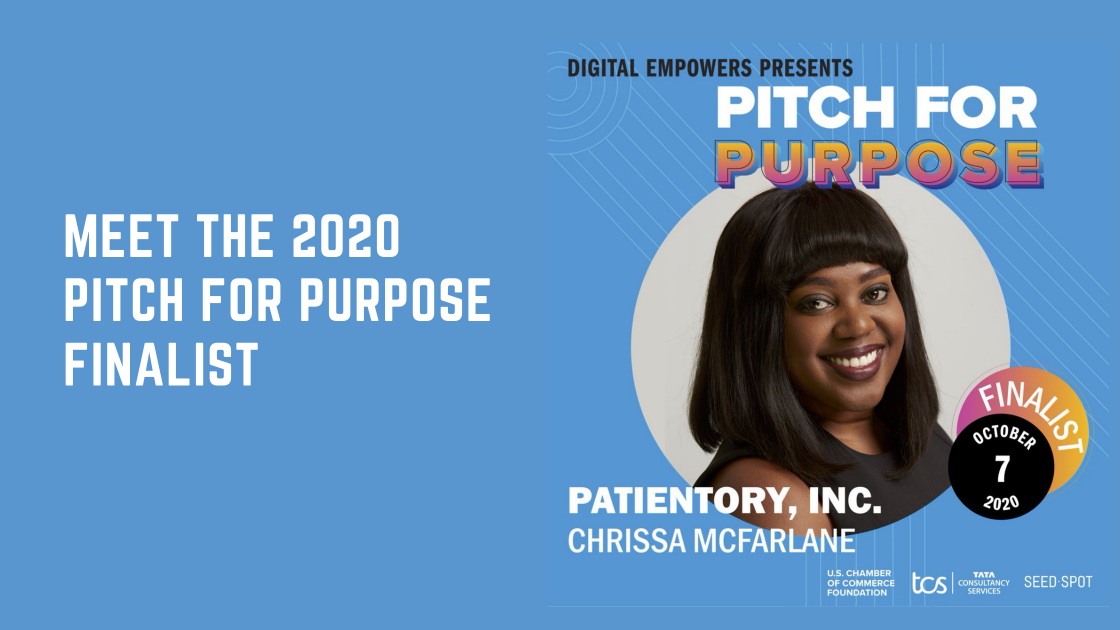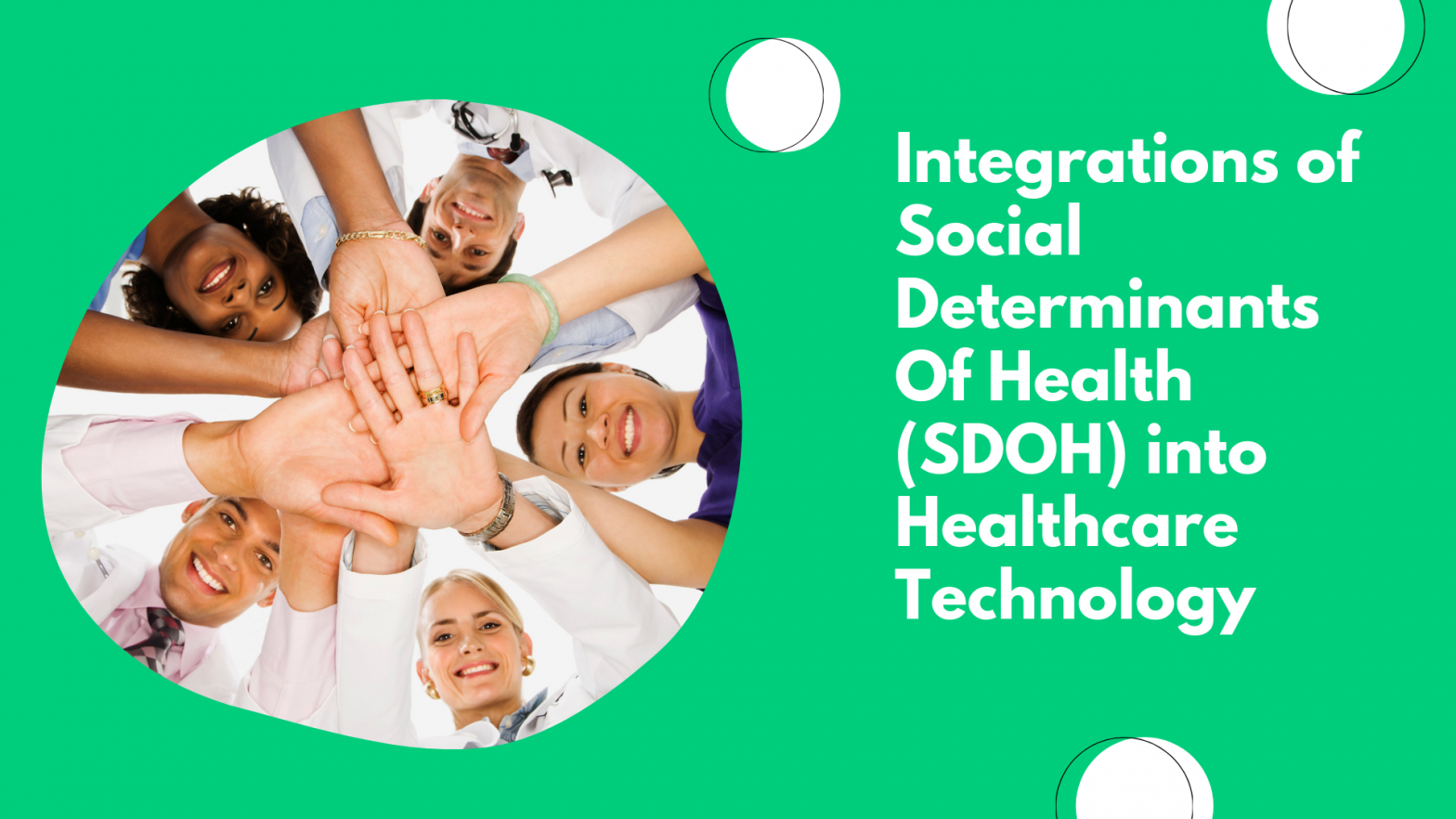PRESS RELEASE
Patientory Awarded as Technology Pioneer by World Economic Forum
- The World Economic Forum announced its selection of the 100 most promising Technology Pioneers of 2021 – companies that are shaping industries from healthcare to retail and many more.
- This year’s cohort includes representation from 26 economies on six continents with reach far beyond traditional tech hubs like Silicon Valley.
- Patientory, which democratizes the individual ownership of global health data and provides enterprises with comprehensive insights, made it to the selection for its contributions in the field of digital health.
- The full list of Technology Pioneers can be viewed here.
Atlanta, 15 June, 2021 – Patientory, the Atlanta-based tech company that democratizes health data, was selected among hundreds of candidates as one of the World Economic Forum’s “Technology Pioneers”. Founded by Chrissa McFarlane, CEO Patientory is a global population health data management and analytics company. Through its two decentralized applications, the Patientory mobile app and enterprise software tool Neith, the company provides patients with ownership of their data and enterprises with real-time data and risk management analytics, and an AI- driven clinical trial recruitment management system.
The World Economic Forum’s Technology Pioneers are early to growth-stage companies from around the world that are involved in the use of new technologies and innovation that are poised to have a significant impact on business and society.
With their selection as Technology Pioneer, CEO Chrissa McFarlane of Patientory will be invited to participate at World Economic Forum activities, events and discussions throughout the year. Patientory will also contribute to Forum initiatives over the next two years, working with global leaders to help address key industry and societal issues.
“We’re excited to welcome Patientory to our 2021 cohort of Technology Pioneers,” says Susan Nesbitt, Head of the Global Innovators Community, World Economic Forum. “Patientory and its fellow pioneers are developing technologies that can help society solve some of its most pressing issues. We look forward to their contribution to the World Economic Forum in its commitment to improving the state of the world.”
“It’s great to be acknowledged as a pioneer by the World Economic Forum”, said Chrissa McFarlane. “New innovation and change in healthcare often takes decades to materialize. We’re honored to be recognized as a world pioneer as we continue to innovate and solve some of the most pressing challenges facing healthcare IT in today’s society. We look forward to contributing to the Forum dialogues on this challenge as well as continued support from the Forum to provide the best solutions for healthcare stakeholders.”
For the first time in the community’s history, over 30% of the cohort are led by women. The firms also come from regions all around the world, extending their community far beyond Silicon Valley. This year’s cohort includes start-ups from 26 countries, with UAE, El Salvador, Ethiopia and Zimbabwe represented for the first time.
The diversity of these companies extends to their innovations as well. 2021 Tech Pioneer firms are shaping the future by advancing technologies such as AI, IoT, robotics, blockchain, biotechnology and many more. The full list of Technology Pioneers can be found here.
Technology Pioneers have been selected based on the community’s selection criteria, which includes innovation, impact and leadership as well as the company’s relevance with the World Economic Forum’s Platforms.
All info on this year’s Technology Pioneers can be found here: http://wef.ch/techpioneers21
More information on past winners, information on the community and the application link can be found here.
About Patientory: Patientory democratizes individual ownership of the world’s health data and incentives to improve health outcomes through actionable insights via a blockchain enabled health data ecosystem. (www.patientory.com)
About World Economic Forum: The World Economic Forum, committed to improving the state of the world, is the International Organization for Public-Private Cooperation. The Forum engages the foremost political, business and other leaders of society to shape global, regional and industry agendas. (www.weforum.org).
About the Technology Pioneers:
The World Economic Forum believes that innovation is critical to the future well-being of society and to driving economic growth. Launched in 2000, the Technology Pioneer community is composed of early to growth-stage companies from around the world that are involved in the design, development and deployment of new technologies and innovations, and are poised to have a significant impact on business and society.
The World Economic Forum provides the Technology Pioneers community with a platform to engage with the public- and private-sector leaders and to contribute new solutions to overcome the current crisis and build future resiliency.
